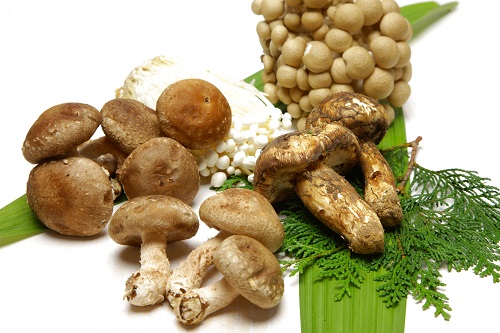Experiencing the beauty of autumn in Japan
When season changes, Japan is one of the countries that people around the world think about. And one of the seasons that most people associate with Japan is autumn. The beautiful change of the leaves to brilliant shades of red and yellow in this wonderful display of nature symbolizing the season and signaling the coming of winter.
Popular locations offer a variety of different ways to view and enjoy the autumn leaves such as restaurants overlooking the foliage and hot springs where the view can be enjoyed from a hot relaxing bath.
In some areas, autumn foliage are illuminated at night to reveal the leaves in a different and magical way, compared to how they are seen during the day. Autumn is also described as the ‘season of the arts’ in Japan. Artistic activities come alive and many museums hold various exhibitions during this season. Visitors can experience the best of Japanese autumn by visiting museums complemented by autumn leaf viewing spots.
And as we move into the Autumn, many people in Japan will be reflecting on all the hard work they have done, and the targets they have met this year. With this reflection also come a certain degree of fatigue, tiredness and a desire to recharge one’s batteries.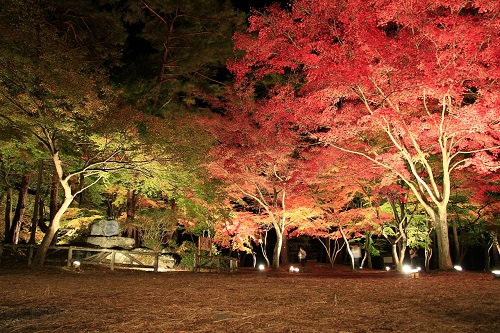
People go to different places to enjoy the autumn leaves while walking down historical streets while others enjoy the panoramic view while soaking in a hot spring or onsen. In Japan there is no better way to recharge your batteries than by visiting one of the hundreds of onsen resorts, dotted around the country.
One place to visit is Saitama Nagatoro. Nagatoro is a small but scenic town in the mountains of western Saitama Prefecture. This is a popular tourist spot for Tokyo day trippers looking for some adventure like hiking, river boat tours and wild water sports in largely unspoiled nature.
This place is surrounded by the beauty of nature, located about two hours from the heart of Tokyo. This place can be enjoyed all year round, with plum blossoms, cherry blossoms, and many other flowers, hiking trails, water sports, and numerous interactive activities. During fall, autumn leaves are so mystical that it brings in over 20,000 visitors every year. Also, for onsen lovers, there are many natural hot springs around Nagatoro that can be enjoyed with lodging or as a day trip.
Each hot spring has a different water quality and different effects. You can enjoy each one with their unique characteristics. Nagatoro’s accommodation facilities each have different features, including the scenery, cuisine and spas.
Going there is 24 minutes from Tokyo to Ikebukuro Station via JR Yamanote Line, and 1 hour and 23 minutes from Ikebukuro to Seibu Chichibu Station via Seibu Ikebukuro Line or 20 minutes from Ohanabatake to Nagatoro Station via Chichibu Line.
Autumn in Japan: Season for a healthy appetite
Like every season, autumn brings specific fruits or vegetables. Japanese have a passion for the Matsutake, a kind of mushroom popular for its smell and flavor that can be compared to the truffle in Europe. If they are as good as expensive they must be delicious!
1. Chestnut or Kuri – a typical product to eat in autumn. Japanese chefs can cook almost anything based on chestnut; soup, sauces, cakes and ice cream.
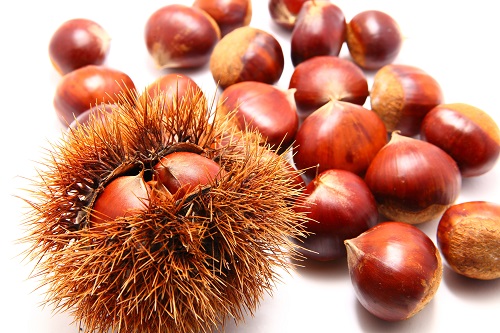
2.Sweet potato or Satsumaimo – a common sight in autumn. Street vendors sell baked yaki-imo whole in bags, and sweet potatoes are also ingredients in both sweet and savoury cooking.
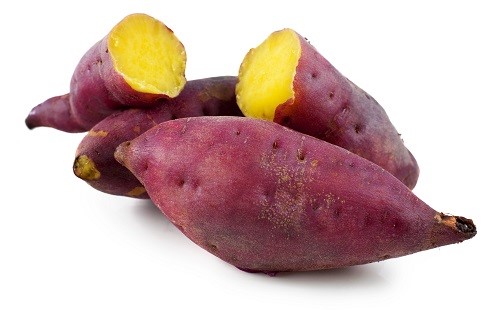
Sweet Potatoes
3. Sanma fish or pacific saury – a kind of fish available all year round but believed to be best in autumn. The most common way of cooking would be grilled with salt but some people like it as a sashimi as well.
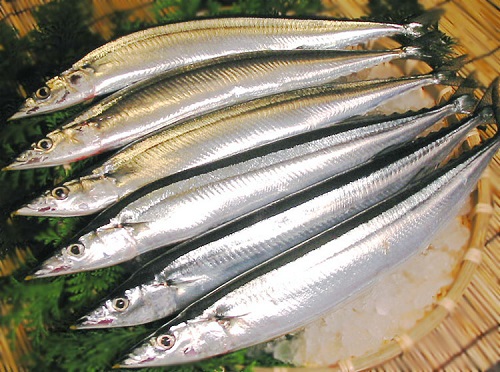
Sanma Fish
4. Persimmons or Kaki – one of the most popular autumn fruit. You can find it at any supermarkets and only cost 80-120 yen/piece.
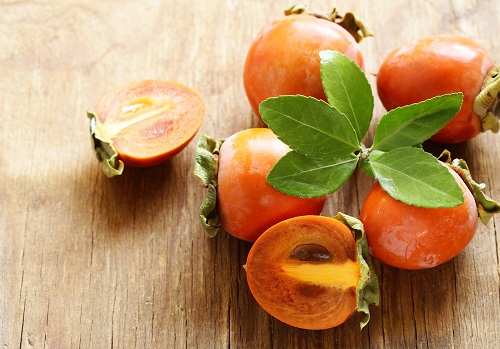
5. Matsutake mushrooms – known to be difficult to cultivate, but are prized in Japan for their rich, umami flavor. Matsutake should not be kept for more than around 10 days, as older mushrooms can cause serious food poisoning.
